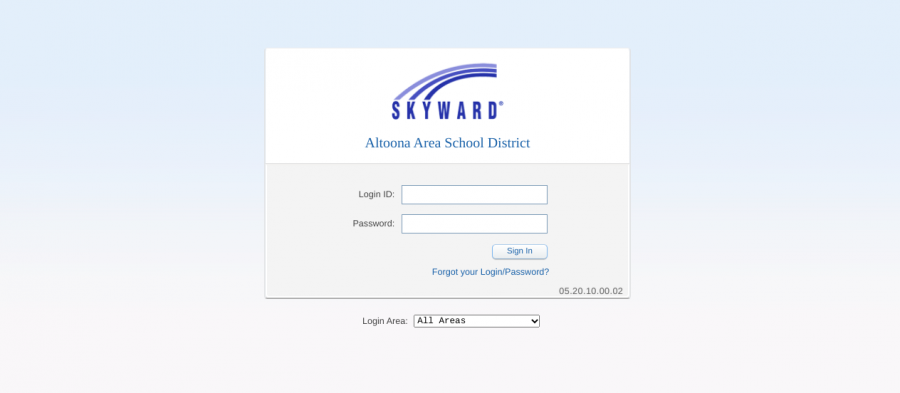Grading policy switches from spring
The beginning of the school might be virtual, but it’s no longer the pass/fail system. As the new virtual schedule was put in place a new grading policy was too.
October 21, 2020
As school started virtually this fall, a lot changed since the end of the 2020 virtual school year in the spring. Along with the change in scheduling, the grading policy changed as well.
The new policies of the start of the year returns students to grades and out of the pass/fail system of the spring.
“The biggest difference from the spring is the organization of synchronous and asynchronous days. It was not possible in the spring to have organized synchronous days. That has allowed a variety of teacher guided lessons and activities to be included in the assessment of students. Another difference is the increase of online resources available to create different types of activities for assessment on asynchronous days,” history teacher James Lowe said.
Having assessments graded the same as at live school means students must be concerned about turning in their assignments and receiving failing grades.
“I personally am not having a hard time with student assignment submission. There are always students who do not complete homework assignments, but I think that number now is similar to the number that don’t do homework assignments when school is in session with in person learning,” Lowe said.
Although points and grading have returned, delivery of instruction involves much planning from teachers and new methods of instruction.
“Yes, there are differences and it typically involves more work for the teacher for virtual learning. The activities that the teacher can use for in person learning to measure if students are attaining the material are not readily available for virtual learning. Those types of activities must all be digitized and distributed to the students electronically and then graded. It’s a great deal of time in front of a computer screen for both students and teachers. I find myself teaching and grading during the school day and then creating and designing in the evenings and weekends,” Lowe said.
The pass fail policy is no longer in progress due to the students having already adjusted to learning virtually.
“I prefer the grading we are using now rather than the simple past fail grading. While I understand why grading was done in the spring as a pass fail for students to adjust to virtual learning, it results in some students not putting in their best effort because once they reach a passing grade there is no incentive to do better. The students grades should reflect in the most accurate way an assessment of their performance,” Lowe said.
Now that assignments are being graded the same as in person class, students have to do their work based on completion and accuracy.
“I think they are both the same in terms of difficulty because the teacher is still grading items with a percentage. It only changes at the end when that percentage becomes either a passing or failing final grade,” Lowe said.
Some students prefer how assignments are being graded now because they know they have earned their grades based on correctness.
“I like it grading better now, because I know how I’m actually doing rather than that I will get a 100 in every class if I at least pass it. But it’s a lot more stressful now because I feel like I’m just getting work done and turned in on time rather than actually learning,” sophomore Makilee Woomer siad.









Robert Cowfer • Oct 29, 2020 at 10:46 am
Maddie we love you. Pop
Robert Cowfer • Oct 29, 2020 at 10:36 am
Maddie Your Pop and I are proud of the articles you are writing. Looking forward to your next one. Love Gram.
Grace Ritchey • Oct 25, 2020 at 3:19 pm
Another great article Maddie! Keep up the good work!
Stephanie Wills • Oct 21, 2020 at 9:51 pm
Great job Madison. Its nice to read how Altoona is doing the grading . It’s a bit different here in Virginia for Blaise and Elise. Glad your mom shares your stories on Facebook.
Stephanie Cowfer • Oct 21, 2020 at 9:46 pm
Another great story Maddie. We love reading your articles. Keep up the good work.